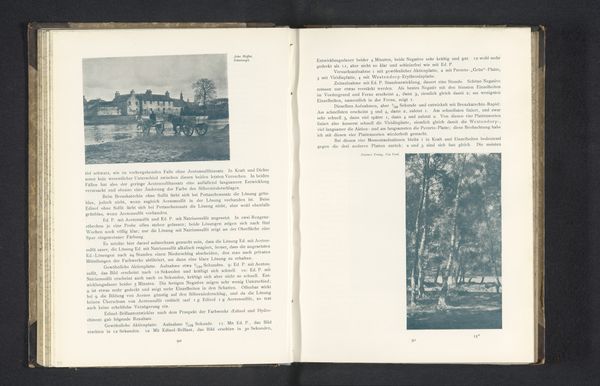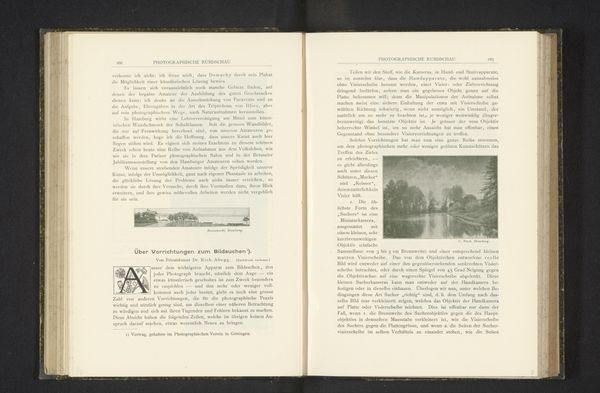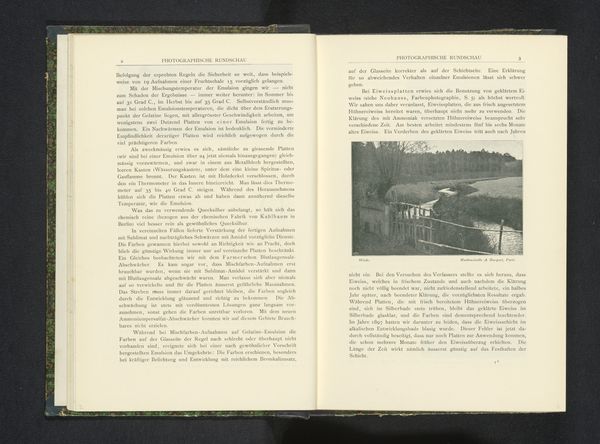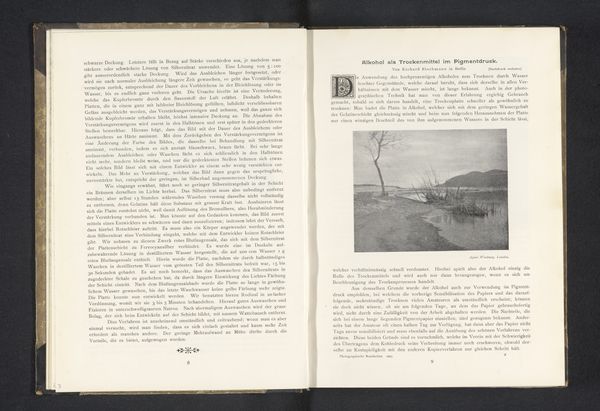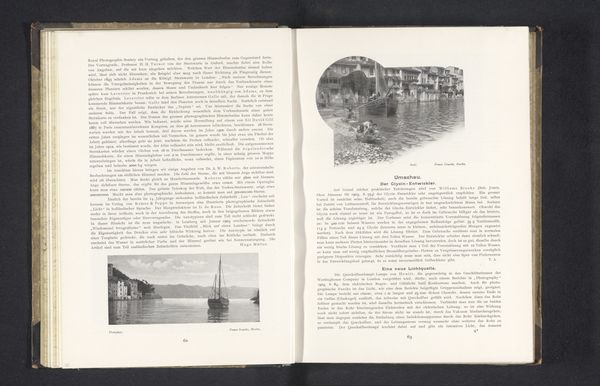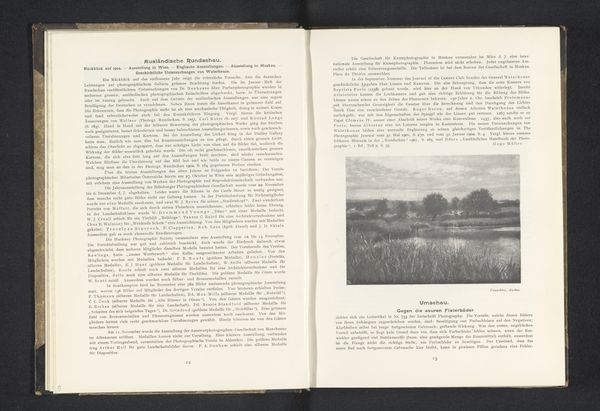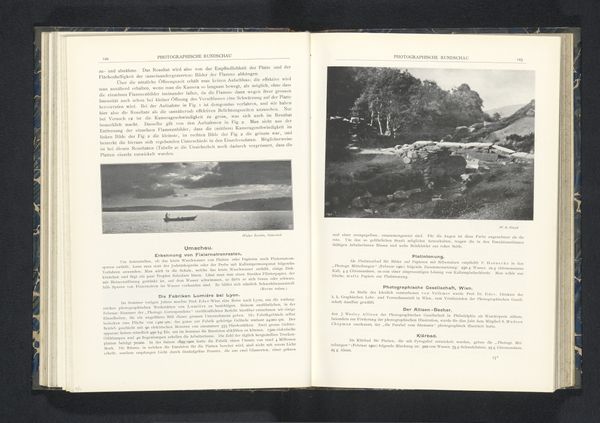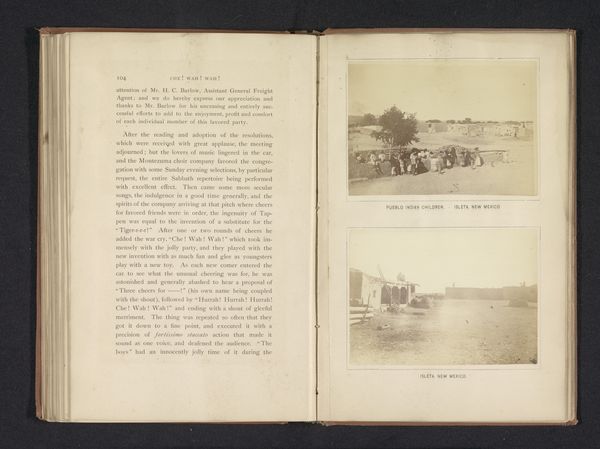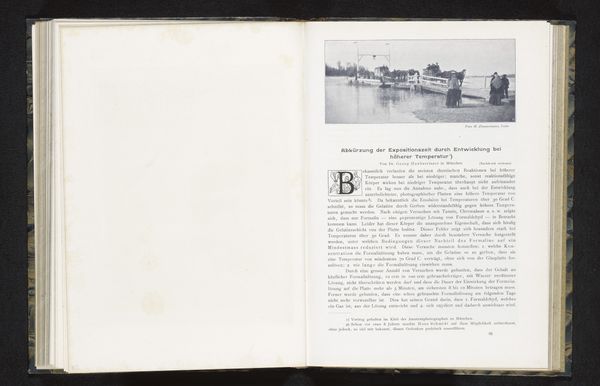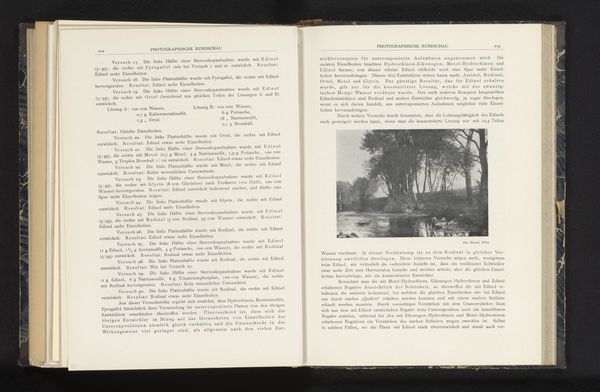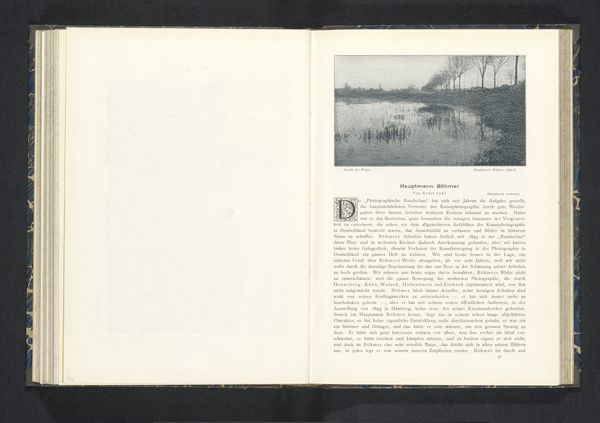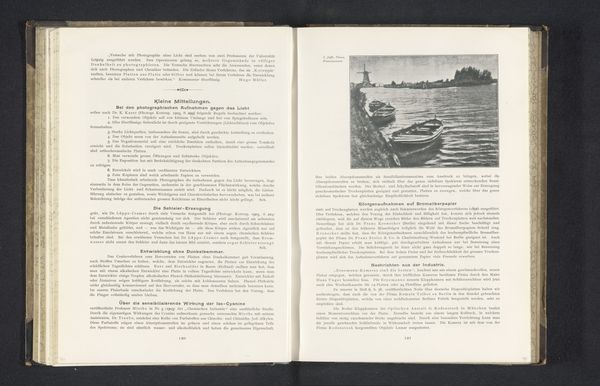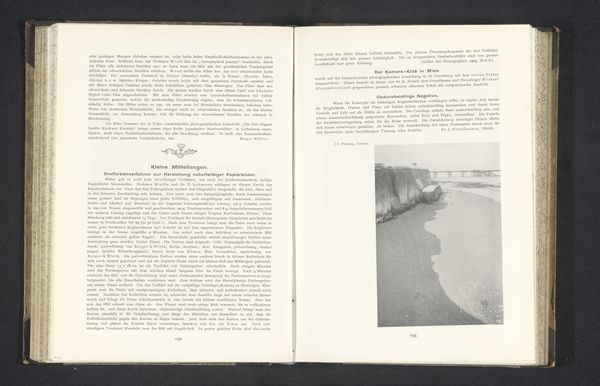
Gezicht op een fabrieksgebouw, met op de voorgrond een waterweg before 1901
0:00
0:00
erichschroder
Rijksmuseum
print, photography, gelatin-silver-print
#
still-life-photography
#
paper non-digital material
# print
#
landscape
#
river
#
photography
#
gelatin-silver-print
#
cityscape
Dimensions: height 98 mm, width 83 mm
Copyright: Rijks Museum: Open Domain
Editor: So, this gelatin silver print is called "Gezicht op een fabrieksgebouw, met op de voorgrond een waterweg," taken before 1901, and currently held at the Rijksmuseum. The calm, muted tones create this very still mood. I'm wondering, what do you see in this piece? Curator: This image is compelling, especially when considering the social climate surrounding its creation. The factory and waterway weren't just about production; they signaled a huge shift in societal structures and power dynamics. Who benefited, and who was exploited, in this changing landscape? Editor: So you’re saying it's not just a pretty picture? Curator: Absolutely. Consider how the artist chooses to frame the scene. The waterway is “in the foreground”, yes, but note the factory reflected within it; this gives agency and power to the building itself. There is the water reflecting, shimmering - could this be seen as transformative? Does the presence of the waterway speak to the trade facilitated by the factories, or a sense of isolation created by it? What kind of narratives can we construct with these considerations? Editor: I didn't think about the river’s potential to symbolize industrial trade routes or separation. I was just focused on the aesthetic. Curator: Exactly! Looking at art isn’t just about appreciating what’s on the surface, it is about peeling back layers of social, political, and economic meaning, to question what those gelatin silver prints really captured. And more importantly, what stories were deliberately *not* captured? Editor: I'm beginning to realize that one image can be read in so many ways! Curator: Indeed! It requires us to continually question and contextualize art within a wider social framework, opening ourselves to multiple perspectives.
Comments
No comments
Be the first to comment and join the conversation on the ultimate creative platform.
